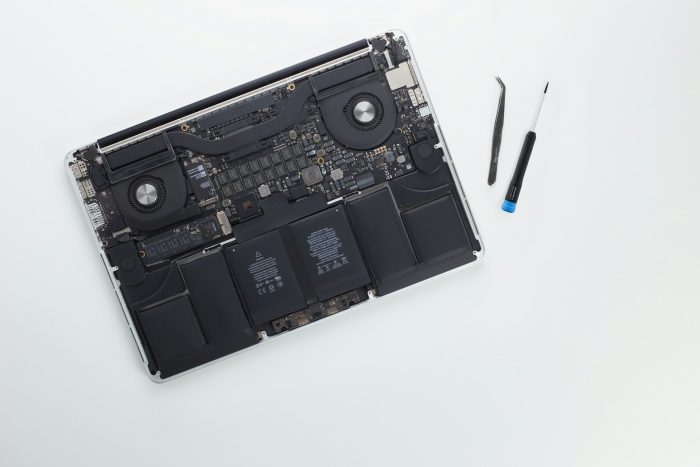Laptops are getting more upgradeable & repairable, but why now?
It's profitable to both consumers and manufacturers
4 min. read
Published on
Read our disclosure page to find out how can you help Windows Report sustain the editorial team Read more

In the last few years, we have seen laptops becoming more repairable and easier to upgrade. Gone are the days when you had to contact that manufacturer for every issue. Now, self-repair and third-party repairs are just as common and surprisingly easy!
The shift is visible across manufacturers. We had previously reported that you can easily replace components on Surface Pro 10 and Surface Laptop 6. And Microsoft isn’t the only one driving the change. Lenovo’s latest ThinkPad T14 G5 and ThinkPad T14s Gen 5 are easily repairable. Even the premium Dell XPS series was hailed for repairability.
The latest in the list that has sparked the Right-to-Repair debate is Lenovo’s ThinkPad P1 (Gen 7). The ultra-repairable laptop features LPCAMM2 (Low-Power Compression-Attached Memory Module), a design upgrade that places LPDDR close to the CPU, allowing easy removal and repair, as explained by iFixit. And the best part is that you don’t have to compromise on performance!
Why are manufacturers bringing more repairable laptops?
For a very long time, we were at the mercy of manufacturers when it came to repairing laptops. But in the last decade or so, the Right-to-Repair campaign gained traction, with iFixit playing a major role in creating awareness around the idea.
Soon, we had Right-to-Repair legislation in different parts of the globe. California, for instance, became the third state in the US, after New York and Minnesota, to pass the Right-to-Repair Act last year. In Europe, France was among the first countries to introduce a Repairability Index for consumer devices.
As the governments bring more laws, manufacturers are forced to alter the PC’s design and ensure easy repairability. If they fail to do so, it’s quite simply their loss because repairable alternatives now exist. And given the increased transparency around the level of repairability, it’s easier than ever for buyers to choose the right product!
Increased awareness amongst buyers also forced manufacturers to switch to easily repairable designs. In our Right-to-Repair survey, 80% of the respondents said that they are more likely to buy a device that’s easier to repair and 83% advocated for government regulations to enforce the right to repair laptops.
In the last few years, we have seen companies like Microsoft, Lenovo, and Dell introduce devices featuring a design that’s easy to disassemble. Apple, on the other hand, has yet to bring similar changes to its devices. For instance, MacBooks perform poorly in iFixit repairability scores.
Lastly, it became profitable for manufacturers to design repairable laptops. All of a sudden, buyers started looking for laptops with a high repairability score, and manufacturers who took the opportunity gained a first mover advantage. And soon, more followed suit!
Companies like Framework, which started working on repairability early on, now have a long lineup of sleek and compact laptops. Because repairability and portability don’t often go along too well, not unless you have mastered the design!
How does increased repairability boost upgradability?
Upgradability is directly proportional to repairability. The more repairable a laptop is, the more upgradable it is (barring the design and performance constraints)!
For instance, if you can easily unscrew the back panel of a laptop to replace a malfunctioning RAM module, it can also be upgraded, say, from the current 8 GB stick to a new 16 GB stick. The same is the case with storage drives and other similar components.
 Tip
Tip
A higher degree of repairability not only increases the laptop’s lifespan and saves money but also helps minimize e-waste. And one glance at the latest e-waste statistics will make you realize that we need to reduce waste generation.
What are your thoughts on repairable laptops? Share with our readers in the comments section.









